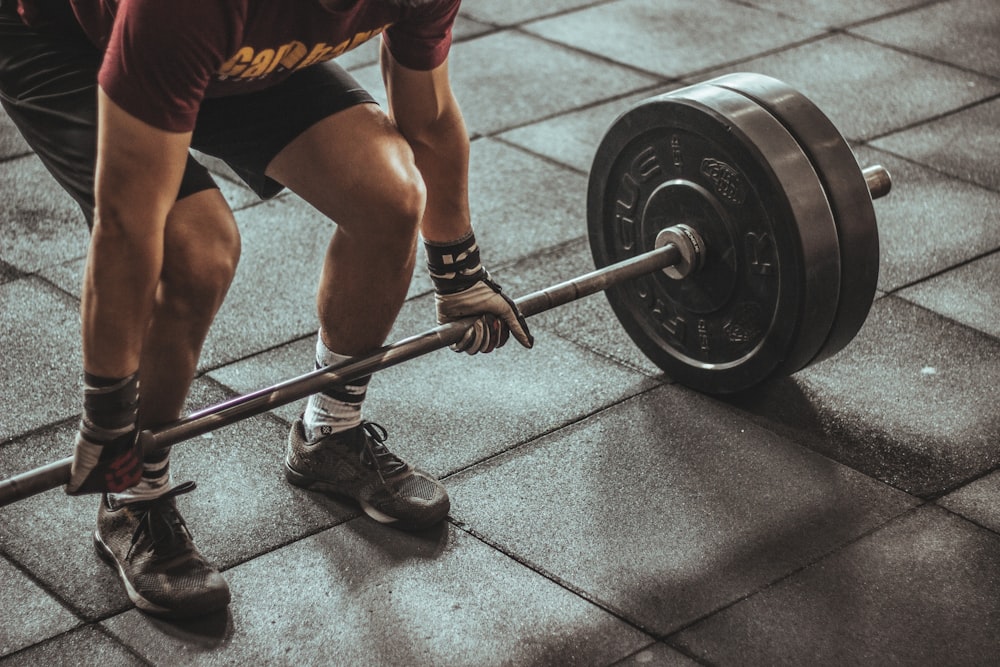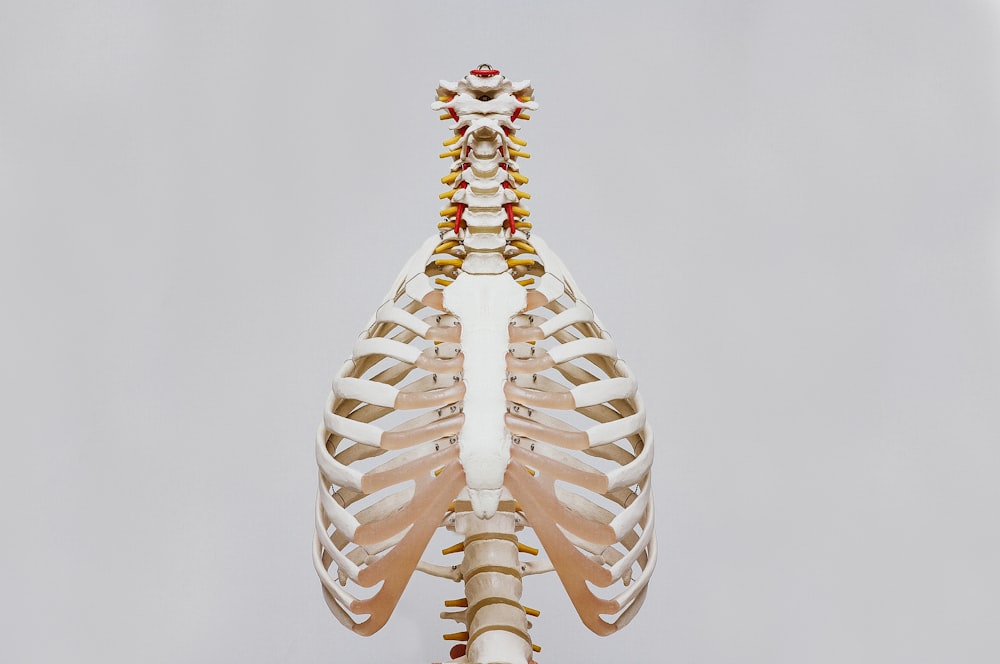:max_bytes(150000):strip_icc()/ankle-sprain-rehab-exercises-3120749-ADD-Color-V2-8efb6d5c5f714d2e8403449df6765c9a.jpg)
Unlocking Peak Performance: Essential Joint Health Exercises for Athletes
Athletes often push their bodies to the limits in pursuit of excellence. Amidst the rigorous training regimens, one aspect that should not be overlooked is joint health. Incorporating targeted joint health exercises into an athlete’s routine is paramount for preventing injuries, enhancing flexibility, and optimizing overall performance.
Understanding the Importance of Joint Health for Athletes
Joint health is a cornerstone of athletic longevity and success. Joints serve as the pivotal points connecting bones and facilitating movement. For athletes, the strain on joints is intensified, making it crucial to prioritize their well-being. Optimal joint health not only reduces the risk of injuries but also ensures athletes can perform at their peak for an extended period.
Dynamic Warm-up Routines: A Foundation for Joint Health
Before diving into intense workouts, athletes should begin with dynamic warm-up exercises. These routines not only increase blood flow and raise body temperature but also prepare joints for the upcoming physical stress. Incorporating dynamic stretches and movements, such as leg swings and arm circles, helps lubricate the joints, promoting better flexibility and reducing the risk of strains.
Strengthening the Core: Stability for Joint Health
A strong core is central to maintaining joint stability. Core exercises, including planks, Russian twists, and leg raises, contribute to a stable midsection. This stability, in turn, alleviates stress on various joints, such as the hips and lower back. A robust core not only supports athletic performance but also forms a protective shield for key joints during strenuous activities.
Balancing Act: Exercises for Joint Stability
Balance is a critical component of joint health, especially for athletes engaged in activities that demand coordination and control. Incorporating balance exercises, such as single-leg stands and stability ball exercises, enhances proprioception and reduces the risk of twisting or awkward landings that could lead to joint injuries.
Flexibility Training: Promoting Joint Range of Motion
Maintaining an optimal range of motion is essential for joint health. Athletes should integrate flexibility exercises into their routine to prevent stiffness and improve joint mobility. Dynamic stretching, yoga, and Pilates are effective methods for enhancing flexibility and ensuring joints move freely through their full range of motion.
Low-Impact Cardiovascular Exercises: Joint-Friendly Conditioning
While cardiovascular exercise is crucial for overall fitness, athletes should be mindful of the impact on their joints. Low-impact options such as swimming, cycling, and elliptical training provide cardiovascular benefits without subjecting joints to excessive stress. These exercises reduce the risk of overuse injuries common in high-impact activities.
Joint-Specific Strength Training: Protecting Vulnerable Areas
Certain joints, like the knees and shoulders, are particularly vulnerable to injuries in many sports. Implementing joint-specific strength training exercises helps fortify these areas. Leg presses, lateral raises, and rotator cuff exercises target specific joint-supporting muscles, reducing the likelihood of strains or tears during athletic activities.
Proper Cool Down: Essential for Joint Recovery
After an intense workout, a proper cool-down routine is crucial for joint recovery. Gentle stretching and foam rolling help alleviate muscle tightness and prevent the buildup of lactic acid. This post-exercise care promotes joint flexibility and reduces the risk of inflammation, fostering a quicker recovery for subsequent training sessions.
Hydration and Nutrition: Nourishing Joint Health
Joint health extends beyond exercises; proper hydration and nutrition play a significant role. Staying well-hydrated ensures joint lubrication, while a balanced diet rich in nutrients supports the repair and maintenance of connective tissues. Omega-3 fatty acids, found in fish and flaxseeds, contribute to joint health by reducing inflammation.
Listening to the Body: Personalizing Joint Health Practices
Every athlete’s body responds differently to exercises and training. It’s essential to listen to the body’s signals and personalize joint health practices accordingly. If discomfort or pain arises, adjustments may be necessary. Consulting with a sports medicine professional can provide tailored guidance to address individual needs and optimize joint health.
For a comprehensive guide on joint health exercises for athletes, visit Joint Health Exercises for Athletes. Elevate your performance by prioritizing the well-being of your joints.













.png)